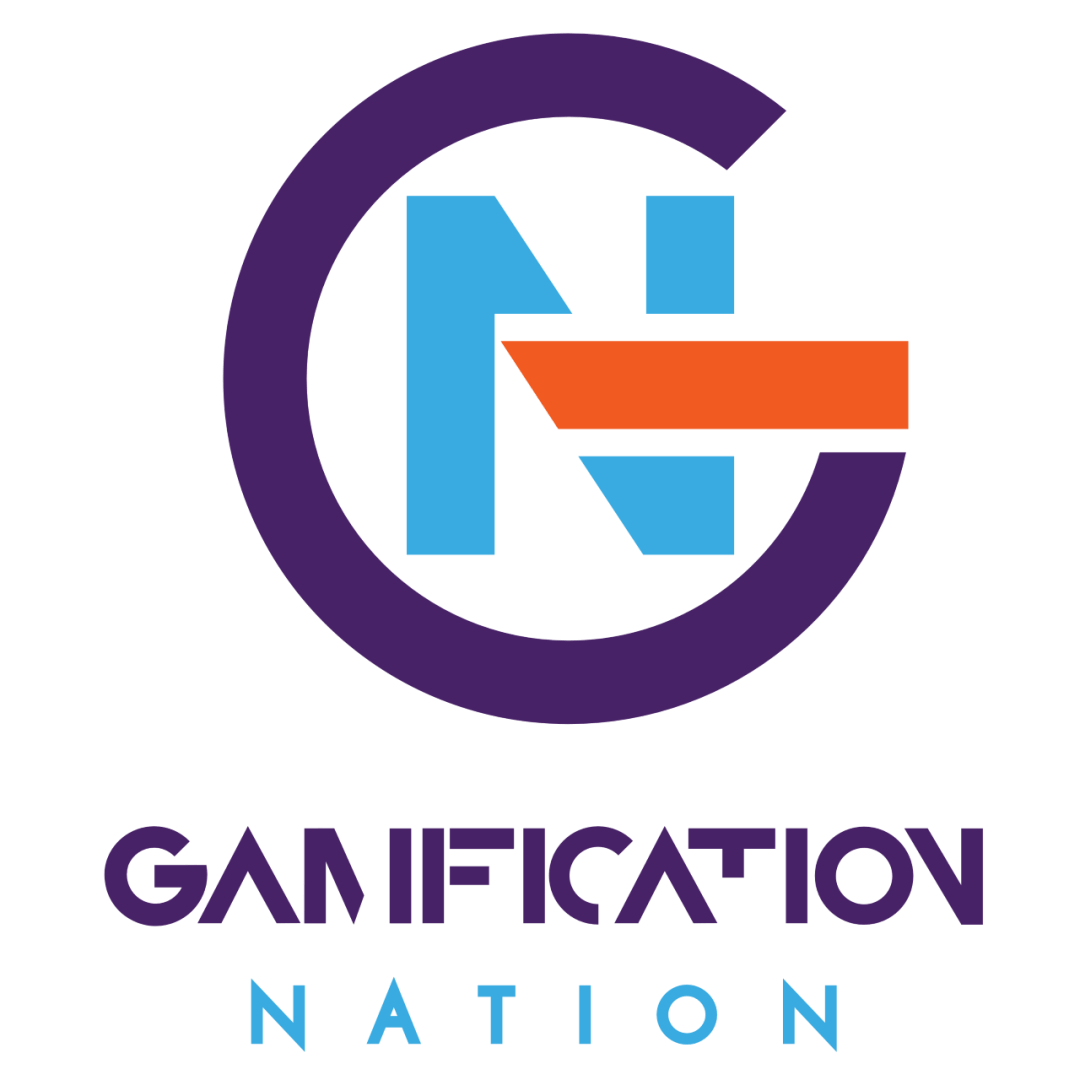In employee engagement projects we are often asked by project sponsors, when do we need to engage with the employees. It seems like an ironic question given the nature of the project, but it is a fair question. In any large organisation, it is unpractical to have everyone involved in a gamification design project at every step of the way. However there are some critical points where input from a representative sample of the overall employee group (and for customer facing projects a representative sample of your customer base) is essential.
I see the first engagement point, our user research phase. For our work it is essential that this phase takes place and that we start from an informed view of life within the company. User research typically addresses current behaviours in relation to the area we are going to gamify. We also want some idea about the process user experience, is it working or not and what can be improved either way. We also want to build a profile of the user base in regards to the most prevalent player styles.
The second engagement point are the design thinking workshops, where we invite focused groups of employees to assist with creating user journeys and adding game elements to them. This activity then leads to a pilot test, which we again test with a bigger group of employees and that way we either have the design confirmed and accepted or we need to adopt some tweaking before going for a roll-out.
Launching the end result is the phase were all the targeted users have input and engagement opportunity. At that point our designs also receive the their true acid test. It shows what works and what doesn’t. It is our cue to tweak some of the things are not working fully or look back and say we did indeed hit some of the objectives out of the box.
The key in engaging your audience is to be open minded about where it can go. Most of the time you may have some good idea of how it will turn out, but then some of the finer behaviours and details turn out vastly different than what you expected. If there are big surprises that show, be aware to take them into account or dig deeper, it will unveil essential design information.
You don’t typically have to reward people for participation, but some organisations do so. Rewards at times can drive quantity instead of quality, so make the rewards commensurate with what you are asking people to do or skip them altogether. When people can give input into their own environment, they often want to have their say. Face to face work often gives more results than the questionnaire sent via email. This depends on the organisation, but you may have to be creative in your methods.
Gamification design in my view is always a collaborative process, doing it in isolation is highly risky. You can in the latter case set yourself up for a big miss. There are plenty of great apps and ideas that had to be shelved because people didn’t find them useful.
Inclusive gamification design from our perspective combines the best of all worlds. Ideally a 360 perspective of what you are looking to improve with gamification. To achieve this perspective, people are key input sources.


